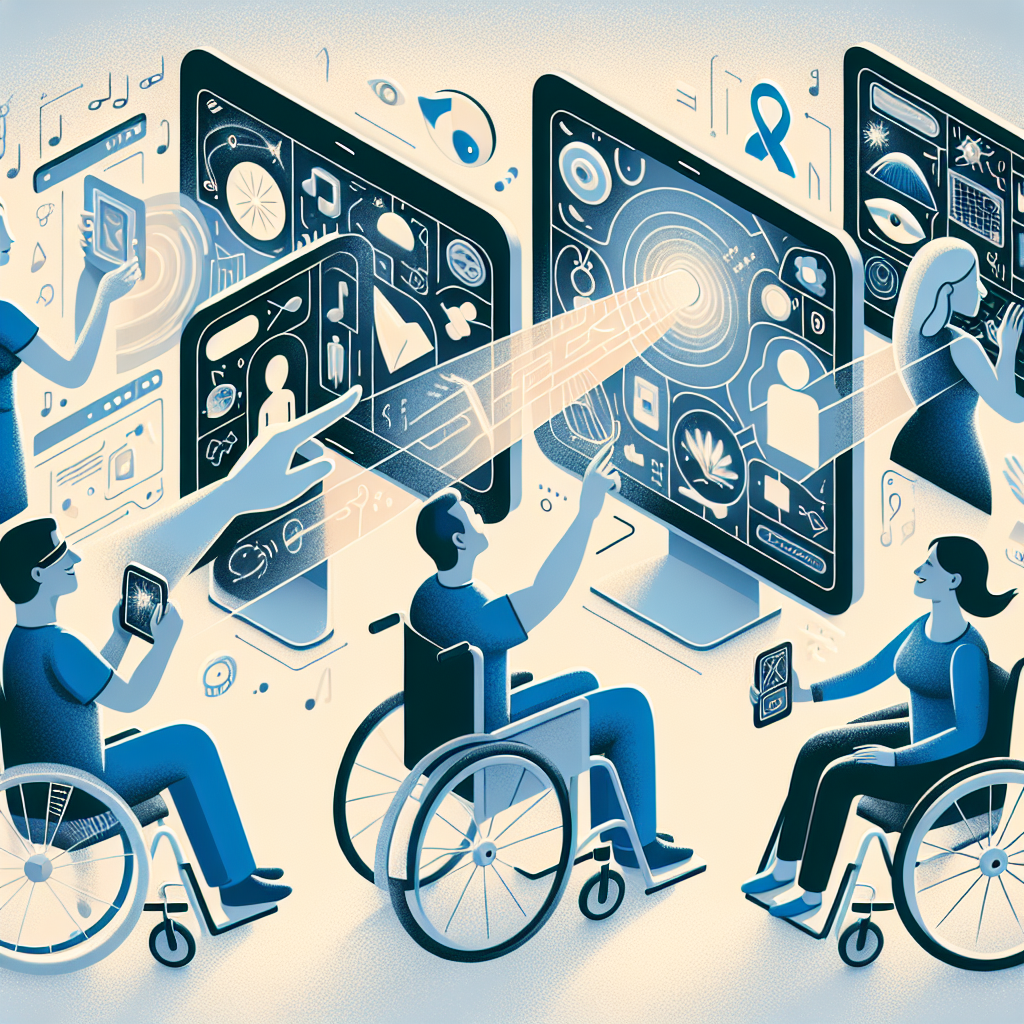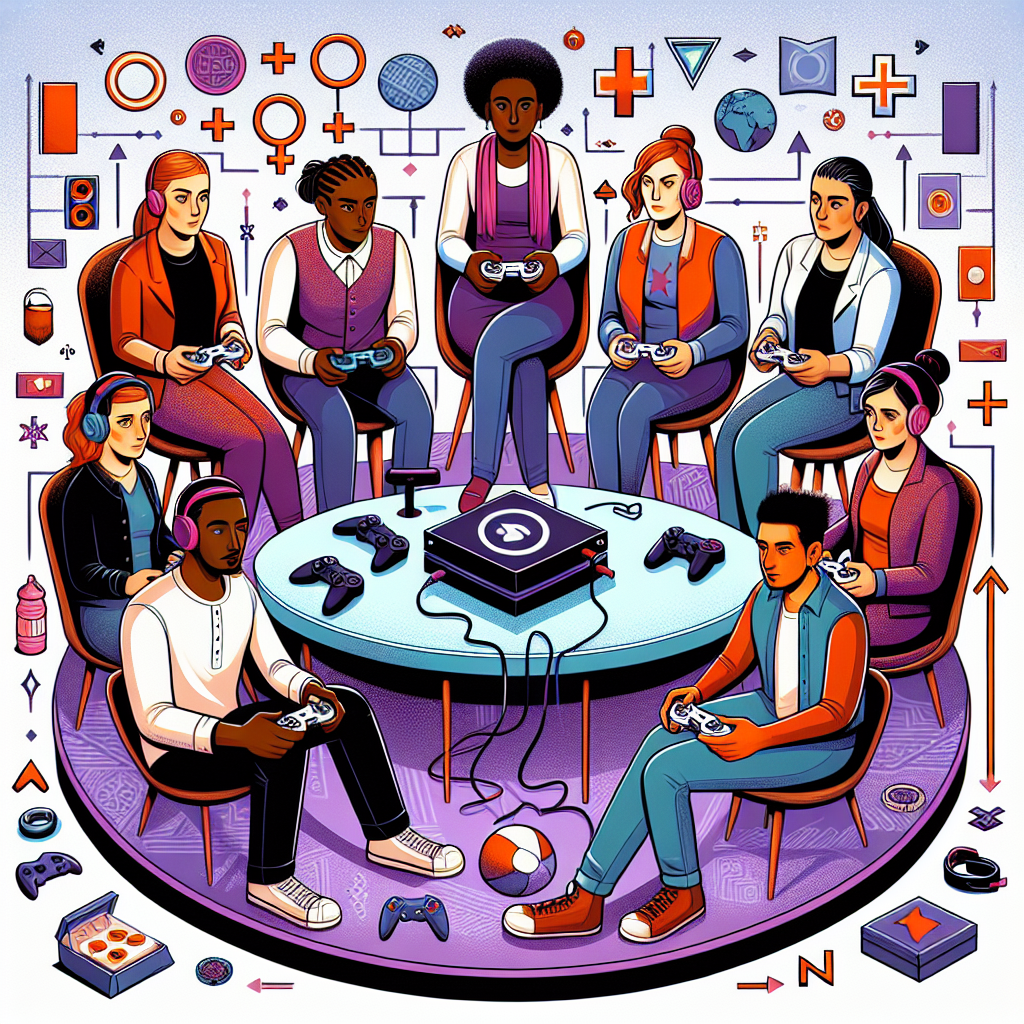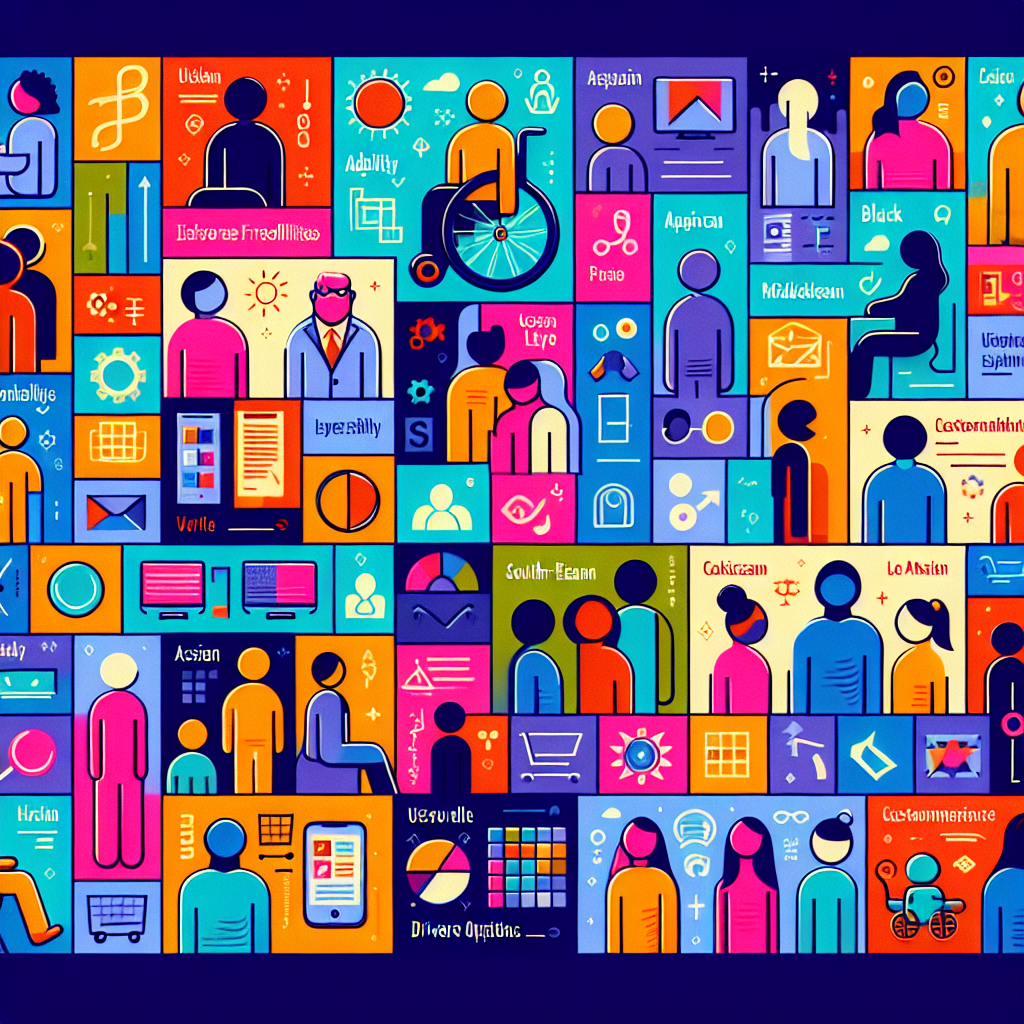Bahnsen Group founder and managing partner David Bahnsen joins The Big Money Show to discuss companies reversing course on DEI and ESG investing, UFC CEO Dana White joining Meta’s board and the ongoing California wildfires.
Meta CEO Mark Zuckerberg reportedly cast the blame for the Facebook parent company’s diversity, equity and inclusion (DEI) push on a longtime former executive at the tech giant.
The New York Times reported that as Zuckerberg moved to root out DEI programs at Meta – the parent company of Facebook, Instagram and Threads – he met with Stephen Miller, a key aide to President-elect Trump.
In that meeting, Zuckerberg blamed Sheryl Sandberg, the former chief operating officer at Meta who left the company in 2022, for an inclusivity initiative that sought to encourage employees to express themselves in the workplace, according to the Times report.
Zuckerberg also signaled to Miller that he had previewed changes to Meta’s policies and signaled that he wasn’t planning to get in the way of the incoming administration’s efforts to rollback DEI culture in corporate America, according to the report.
META ENDS CORPORATE DEI PROGRAMS

Former Meta COO Sheryl Sandberg is known as an advocate for gender equality in the workforce. ((Photo by Paul Marotta/Getty Images) / Getty Images)
Sandberg is known as the author of “Lean In: Women, Work, and the Will to Lead,” which aimed to discuss issues with the lack of women in corporate and political leadership roles to help women achieve career goals. She also founded the Lean In organization, a non-profit that pushes back against gender inequality in the workplace, and serves as the board chair.
FOX Business reached out to a Sandberg representative for comment.
| Ticker | Security | Last | Change | Change % |
|---|---|---|---|---|
| META | META PLATFORMS INC. | 613.54 | +2.24 | +0.37% |
Last week, Zuckerberg’s changes took effect at Meta with the announcement that the company would end its corporate DEI programs.
META POLICY CHIEF SAYS DECISION TO END DEI ENSURES COMPANY HIRES ‘THE MOST TALENTED PEOPLE’

Sandberg left Meta in 2022. (Kevin Dietsch/Getty Images / Getty Images)
Meta vice president of human resources Janelle Gale wrote in a memo to employees that the “legal and policy landscape surrounding diversity, equity and inclusion efforts is changing.”
Gale’s memo was first reported by Axios and Meta confirmed the report in response to an inquiry from FOX Business.
The memo noted that recent decisions by the Supreme Court have had the effect of “signaling a shift in how courts will approach DEI,” which contributed to the change.
“The term ‘DEI’ has also become charged, in part because it is understood by some as a practice that suggests preferential treatment of some groups over others,” Gale wrote in the memo that was first reported by Axios.

Meta CEO Mark Zuckerberg recently rolled back the tech giant’s DEI initiatives. (Reuters/Manuel Orbegozo / Reuters)
Meta immediately ended its DEI programs for hiring, training and picking suppliers with the announcement.
Meta’s new chief global affairs officer, Joel Kaplan, spoke to Fox News Digital’s Brooke Singman about the changes and said, “This is ultimately about doing what’s best for our company and ensuring that we are serving everyone and building teams with the most talented people.”
GET FOX BUSINESS ON THE GO BY CLICKING HERE
“This means evaluating people as individuals, and sourcing people from a range of candidate pools, but never making hiring decisions based on protected characteristics like race or gender,” Kaplan explained.
Fox News Digital’s Brooke Singman contributed to this report.
Mark Zuckerberg blamed Sheryl Sandberg for Meta ‘inclusivity’ push: report
According to a recent report, Meta CEO Mark Zuckerberg allegedly blamed Chief Operating Officer Sheryl Sandberg for pushing the company’s “inclusivity” agenda. The report claims that Zuckerberg was unhappy with the direction Sandberg was taking the company in terms of diversity and inclusion initiatives.
Sources close to the situation have said that Zuckerberg felt that Sandberg was focusing too much on diversity efforts and not enough on other key areas of the business. This reportedly led to tension between the two top executives at Meta.
While both Zuckerberg and Sandberg have publicly championed diversity and inclusion at the company, it seems that there may have been disagreements behind the scenes. It remains to be seen how this tension will impact Meta’s future direction and its efforts to create a more inclusive workplace.
Tags:
- Mark Zuckerberg
- Sheryl Sandberg
- Meta
- Inclusivity
- Push
- Report
- Tech industry
- Leadership
- Blame game
- Corporate culture
#Mark #Zuckerberg #blamed #Sheryl #Sandberg #Meta #inclusivity #push #report





